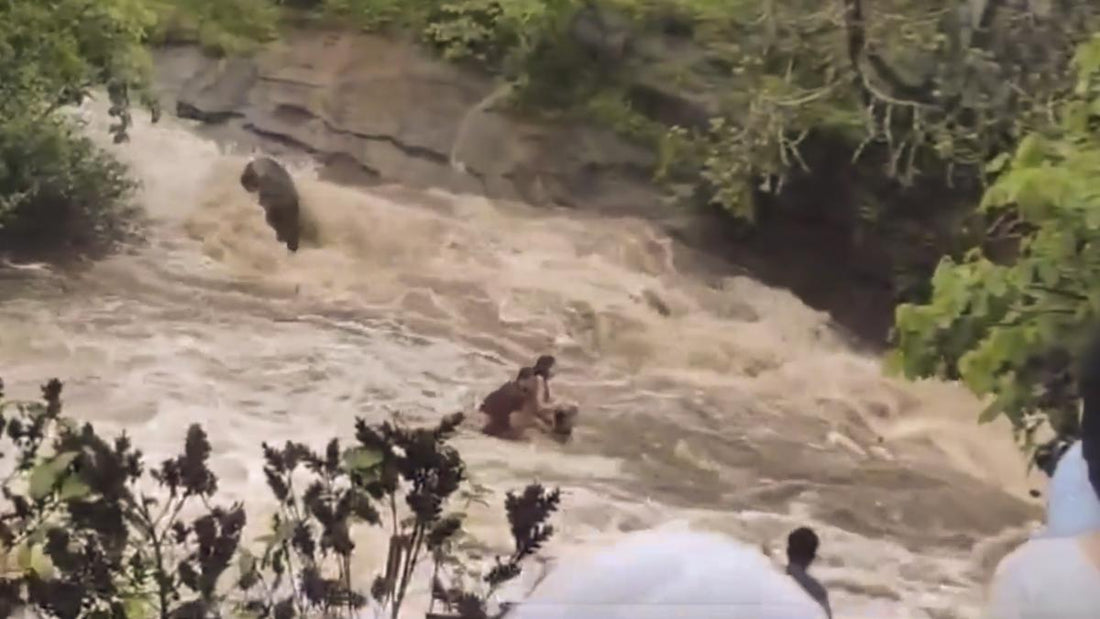
Tragic Incident at Bhushi Dam: A Reminder of the Importance of Water Safety
Share
On a somber Sunday afternoon, a family outing to the scenic Bhushi Dam in Lonavala turned into a heart-wrenching tragedy. Four members of a family, including three children, drowned in a waterfall behind the dam. As of Monday morning, one minor family member was still missing, leaving the community in shock and sorrow.
Understanding the Incident
Bhushi Dam, known for its picturesque views and popular among tourists, can become perilous, especially during the monsoon season when water levels rise and currents become stronger. The area around the waterfall is particularly dangerous due to slippery rocks and unpredictable water flow. Despite warnings, many visitors are often unaware of the potential hazards, leading to tragic accidents.
Why Did This Happen?
- Unpredictable Water Currents: The water flow near the waterfall can be swift and unpredictable, catching even strong swimmers off guard.
- Slippery Surfaces: Rocks and paths around waterfalls can become extremely slippery, increasing the risk of falling into the water.
- Lack of Awareness: Many visitors may not be fully aware of the dangers associated with natural water bodies, especially in areas that seem serene and safe.
- Inadequate Safety Measures: While some areas may have warning signs, they are often insufficient. The absence of lifeguards and safety barriers can also contribute to such incidents.
How Safety Measures Can Save Lives
To prevent such tragedies, a combination of public awareness and robust safety measures is crucial. Here are some steps that can be taken:
- Clear Signage and Warnings: Placing visible and clear signs around dangerous areas to inform visitors of potential hazards. Multilingual signs can ensure that the message reaches a broader audience.
- Physical Barriers: Installing fences or barriers around particularly hazardous zones to prevent access to dangerous areas.
- Regular Patrolling and Lifeguards: Employing lifeguards and security personnel to monitor the area, especially during peak visiting times, can provide immediate assistance in case of emergencies.
- Public Awareness Campaigns: Conducting awareness campaigns to educate the public about the risks associated with natural water bodies and the importance of adhering to safety guidelines.
- Emergency Preparedness: Ensuring that emergency services are well-prepared and equipped to handle rescues quickly and efficiently. This includes regular training and drills.
What You Can Do to Stay Safe
When visiting natural water bodies, it is essential to prioritize safety. Here are some tips for visitors:
- Follow the Rules: Always adhere to posted signs and warnings. They are there for your safety.
- Stay in Designated Areas: Avoid venturing into areas that are not marked safe for public use.
- Supervise Children Closely: Ensure that children are always within sight and avoid letting them play near the water unsupervised.
- Wear Life Jackets: If you are not a strong swimmer or are venturing into deeper waters, wear a life jacket for added safety.
- Stay Informed: Before visiting, check weather forecasts and water conditions. Avoid areas prone to sudden water level changes during heavy rains.
Conclusion
The tragic incident at Bhushi Dam serves as a stark reminder of the inherent dangers associated with natural water bodies. By implementing comprehensive safety measures and promoting public awareness, we can prevent such heartbreaking accidents. Milan Safety urges everyone to prioritize safety and take necessary precautions when enjoying nature’s beauty. Our thoughts and prayers are with the affected family and the community during this difficult time.